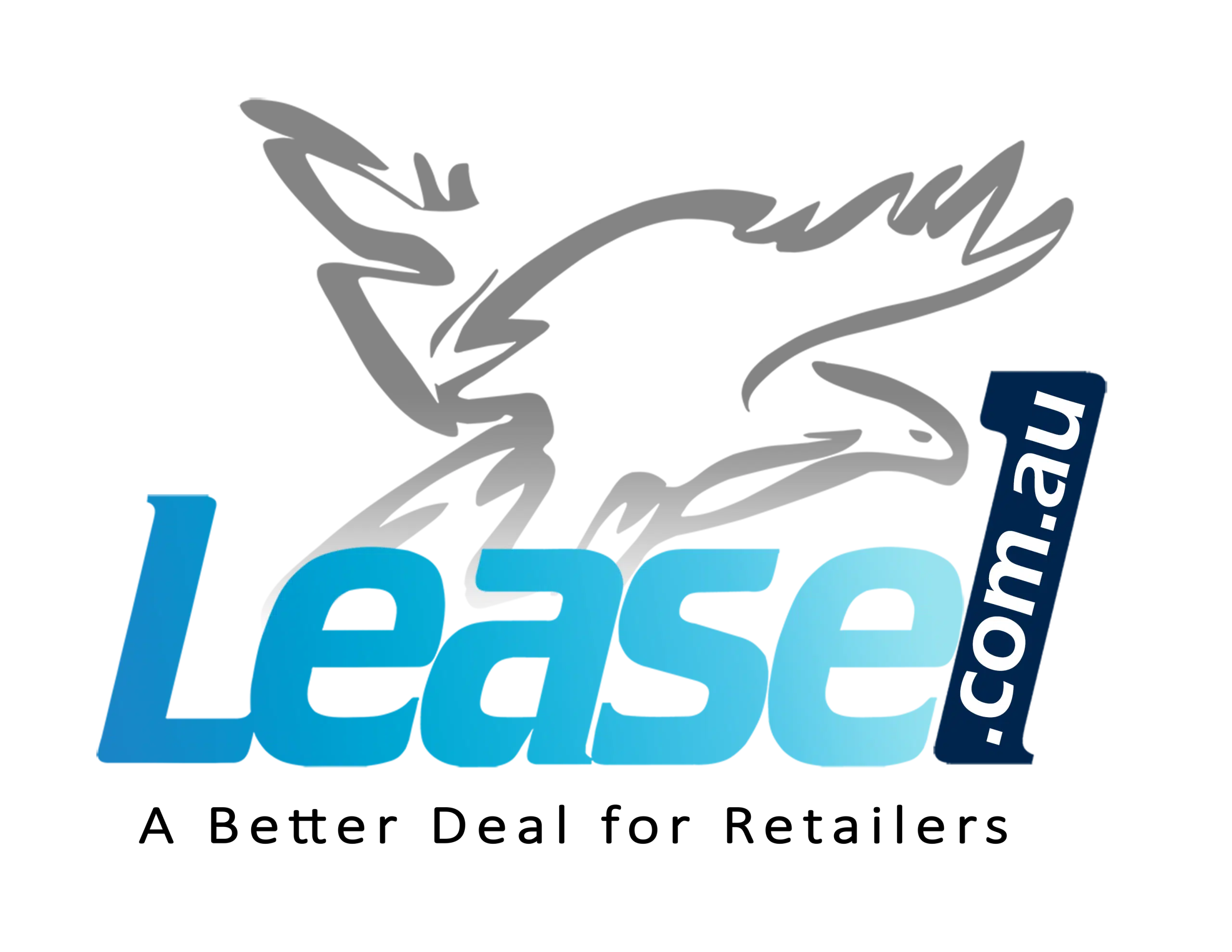Disclosure Statements have been an integral part of the essential documents and procedures related to Retail (Shop) Leases for over a decade.
Naturally, the main focus has centred around the Lessor’s Disclosure Statement as Lessee’s/Retailers seek to quickly understand their lease commitment & obligations from this short form summary.
So much so that the reciprocal documentation-the Lessee’s Disclosure Statement is virtually being ignored or certainly its and importance cast aside.
Quite frankly the way Lease’s Disclosure is treated, on the whole, is a failure of the primary objectives of having common party disclosures in the first place.
Since the introduction of Disclosures across All State & Territories, the reduction in Retail (Shop) Lease disputes was noticeable, which attained the objectives the industry sought to achieve.
Mainly in part due to the more transparent and readily accessible information provided to Lessee’s/Retailers (and a robust education process at the time).
However, as part of these cross Disclosures (both Lessor & Lessee) there remains a requirement to acknowledge any and all representations each party has relied upon during negotiations/processes to enter into lease arrangements.
This is deliberate to ensure that both parties are informed and satisfied with the detail provided and more importantly will be referenced if a dispute arises between the parties during the lease.
Where the process fails lies with Lessee’s who do not make the effort to document these representations.
To be blunt when questioned the response, alarmingly, with far too many statements reflecting the assumption that if they note anything in their Disclosure the Landlord will not proceed with the lease.
This is counter-intuitive as this practice will only manifest in Landlords (or their Agents) going back to the Dark Old Days where they would say or do anything to get the Lease Deal done. Resulting in the situation we see today when a dispute arises between the parties with the Lessee referring to a representation made- the only response for mediators is to refer to the Lessee’s Disclosure Statement.
To be pragmatic when you are completing your Lessee disclosure lay it all out-transcribe your notes from meetings. Spell out the inferences and assumptions derived that you are relying on to make your decision to enter into the lease.
If the Landlord does not agree with these then that creates the intended opportunity for the parties to work through these to create an even more transparent and informed commercial relationship.
If, however, the representations are disputed and create an impasse between the parties – then the system has worked as intended- and you have probably dodged a bullet by not entering into lease terms based on misinformation/misrepresentations.
The take away is to treat your obligation to Disclosure to the Lessor as seriously as you rely upon on their obligations to disclose to you and don’t be the one left crying wolf!
It’s Your Disclosure – “Speak up now or forever hold your Lease!”


2 Comments.
Hi there. Thanks for this info! Useful article!.
Hi there. Thanks a lot! Love your blog!.